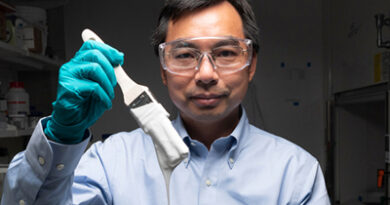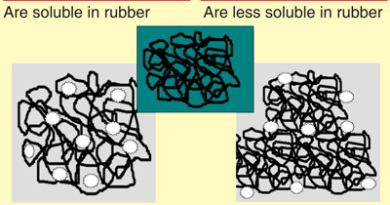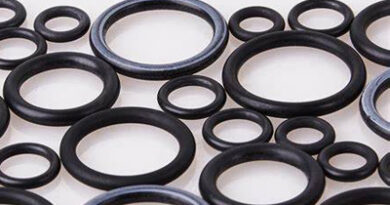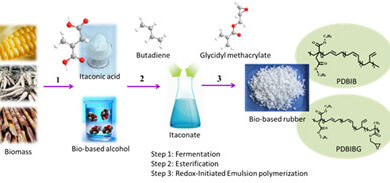Selecting the right tackifier for the manufacturing needs of rubber articles
Adhesives have been described as the diplomats of the rubber world, bringing materials together. Adhesion promoters help facilitate this process. To extend this metaphor, if adhesives are the diplomats, tackifier resins are the handshake that binds the agreement within rubber. These additives are generally medium molecular weight chemicals that are added to rubber compounds, altering their properties by imparting improved tack.
Read More








